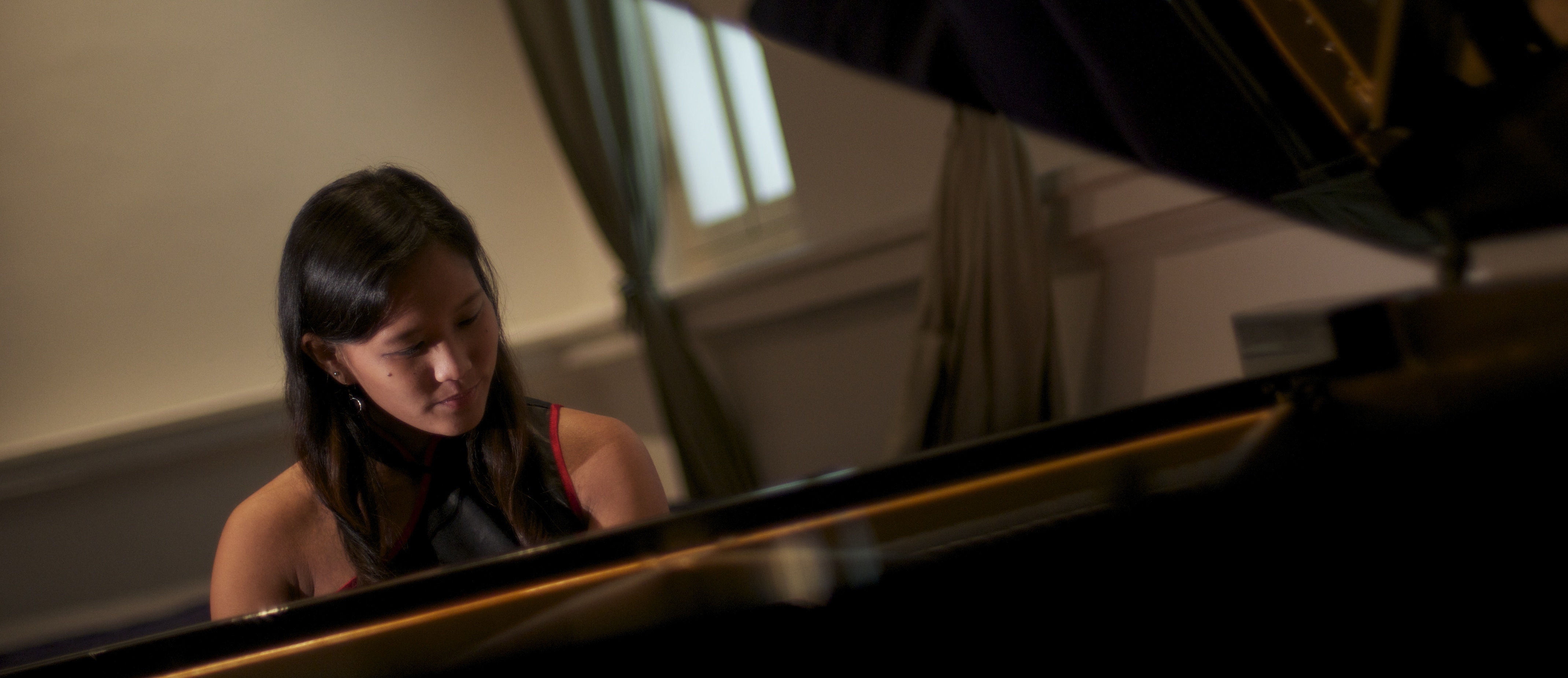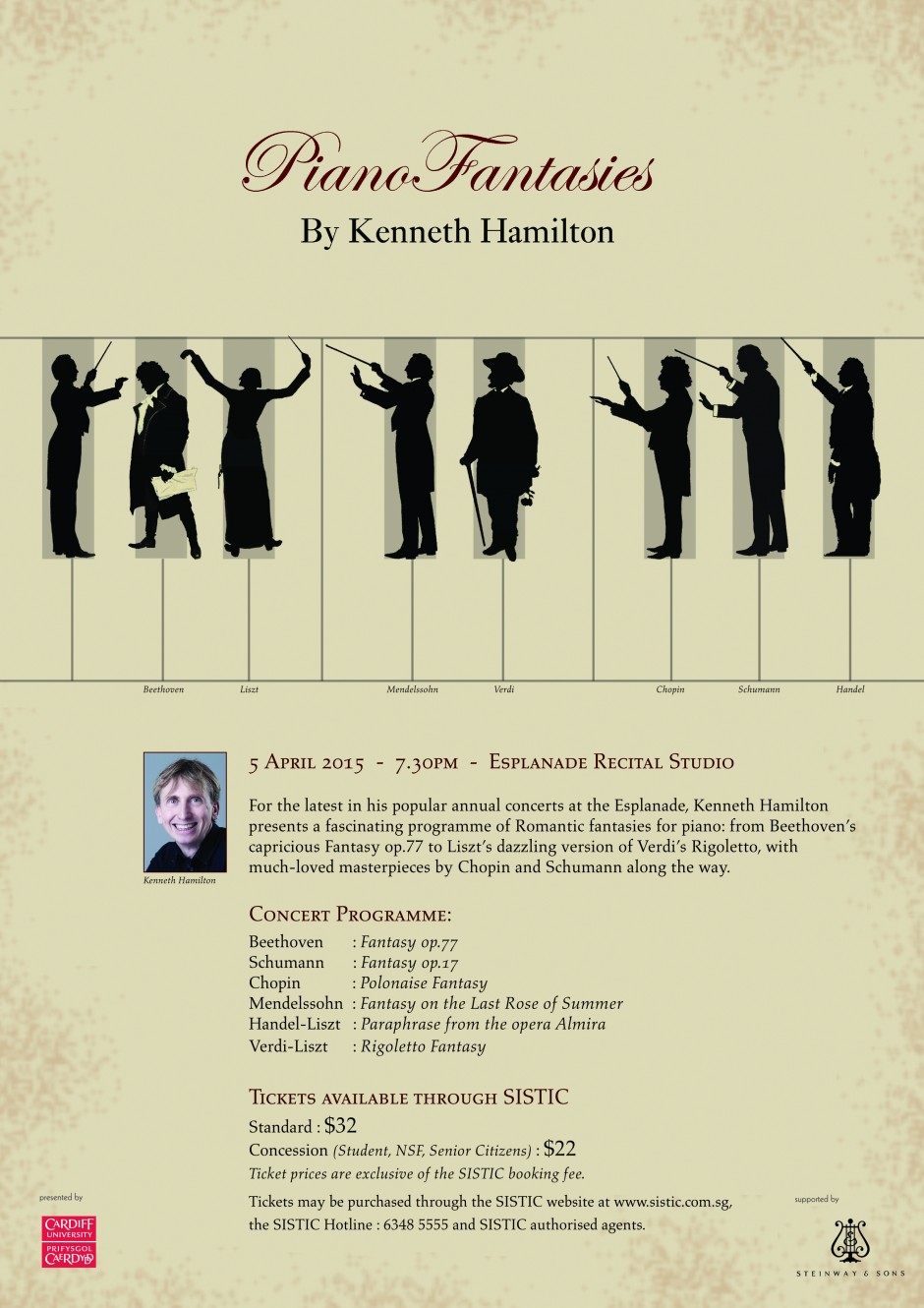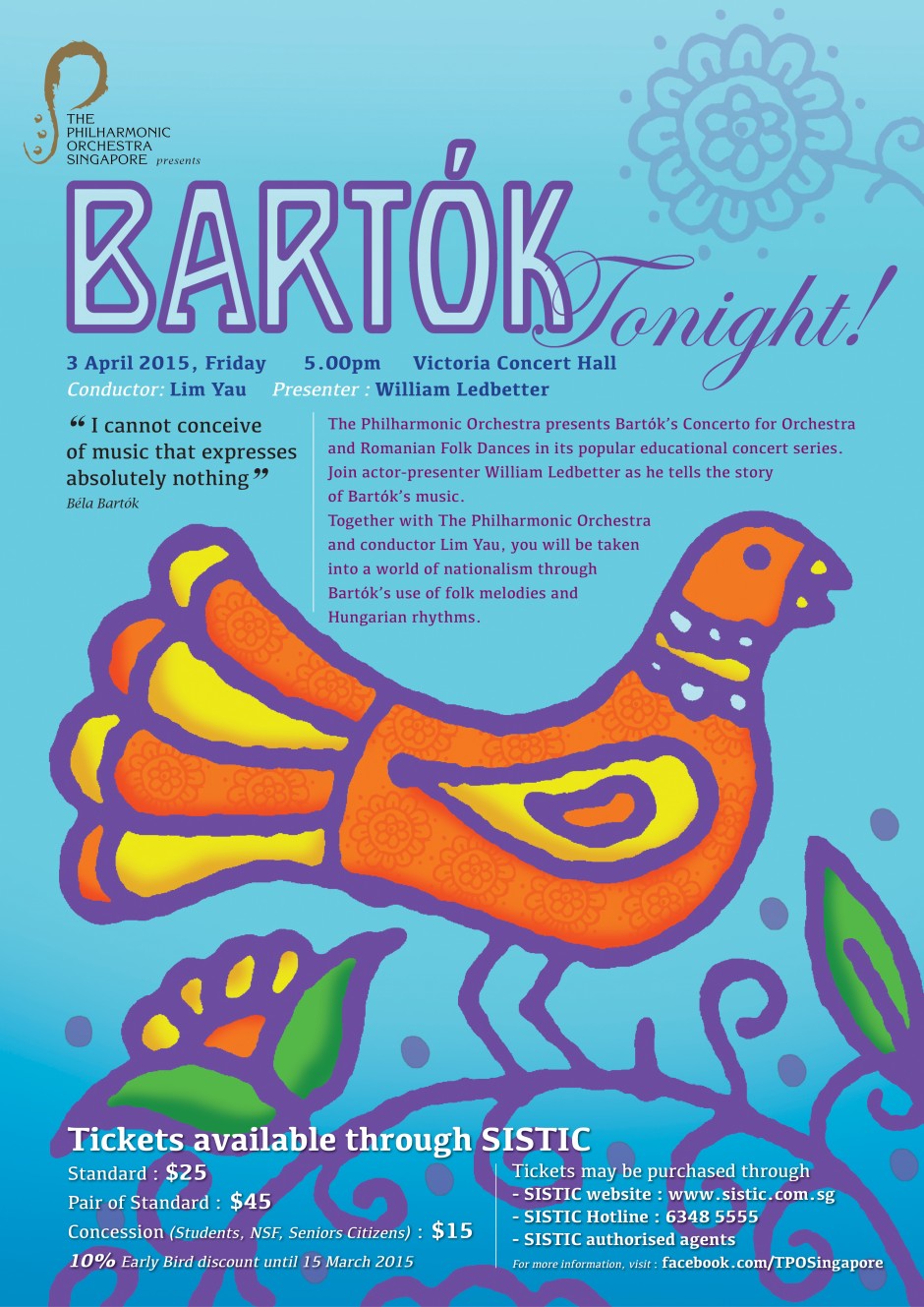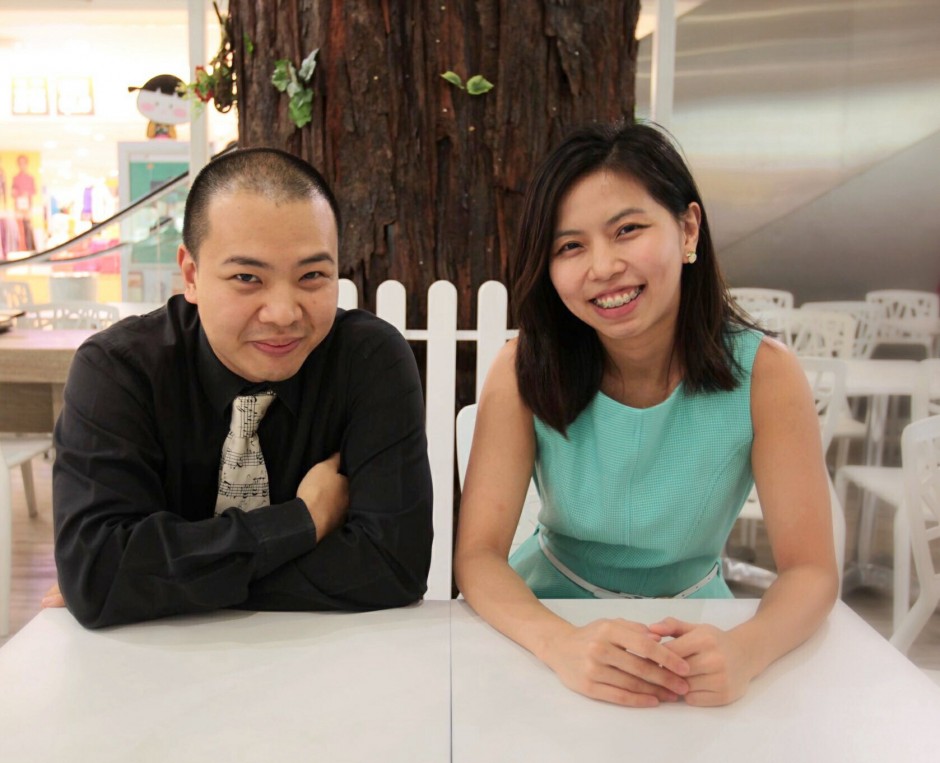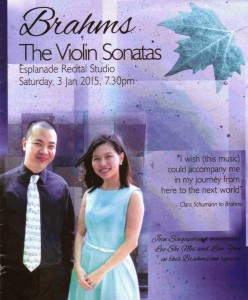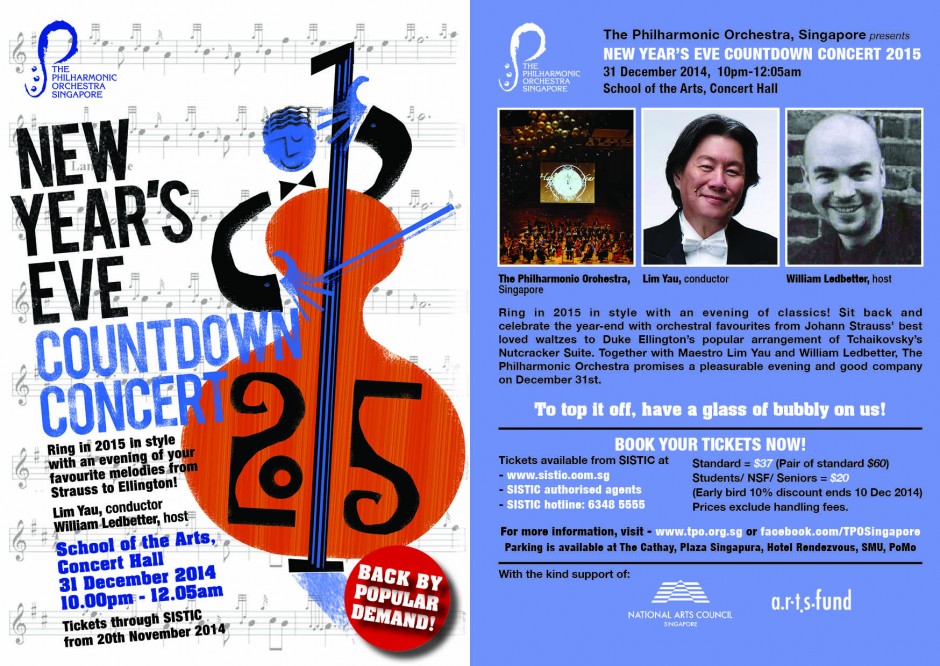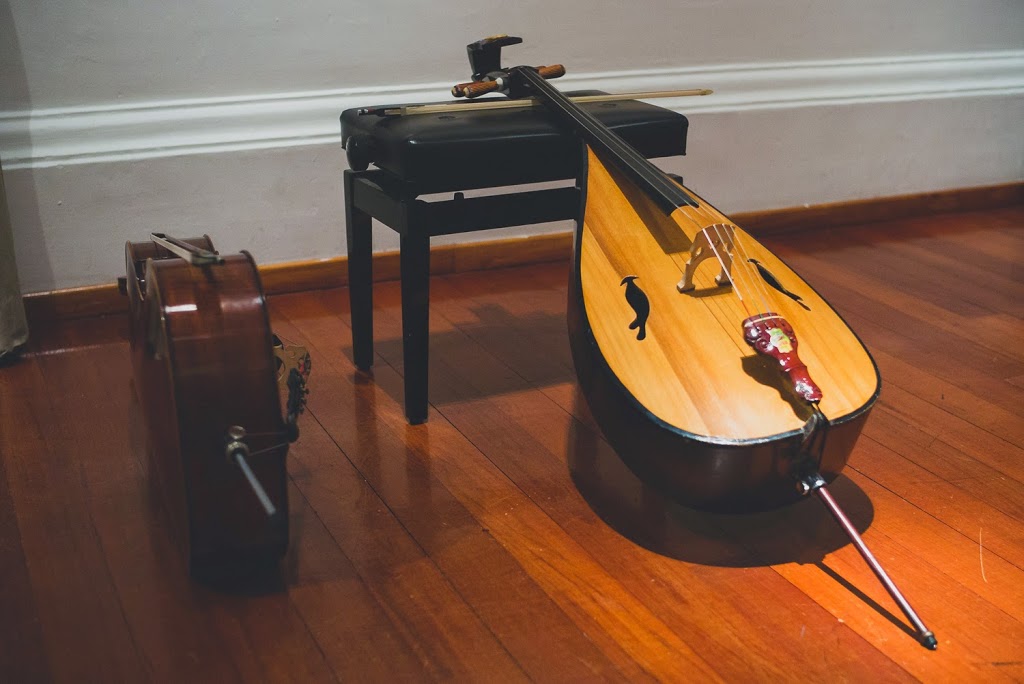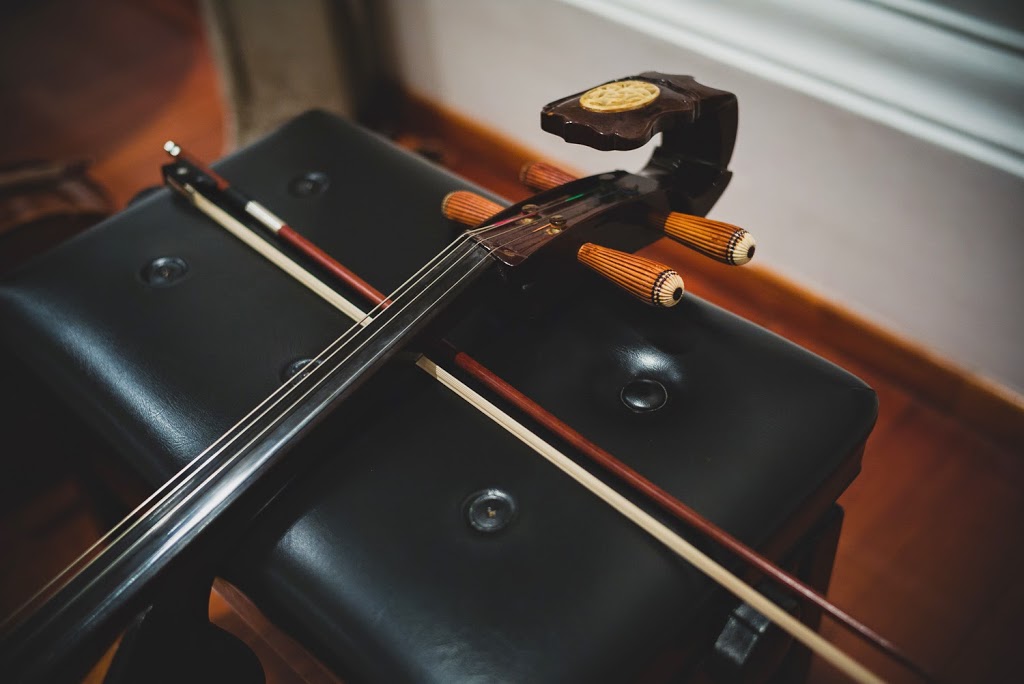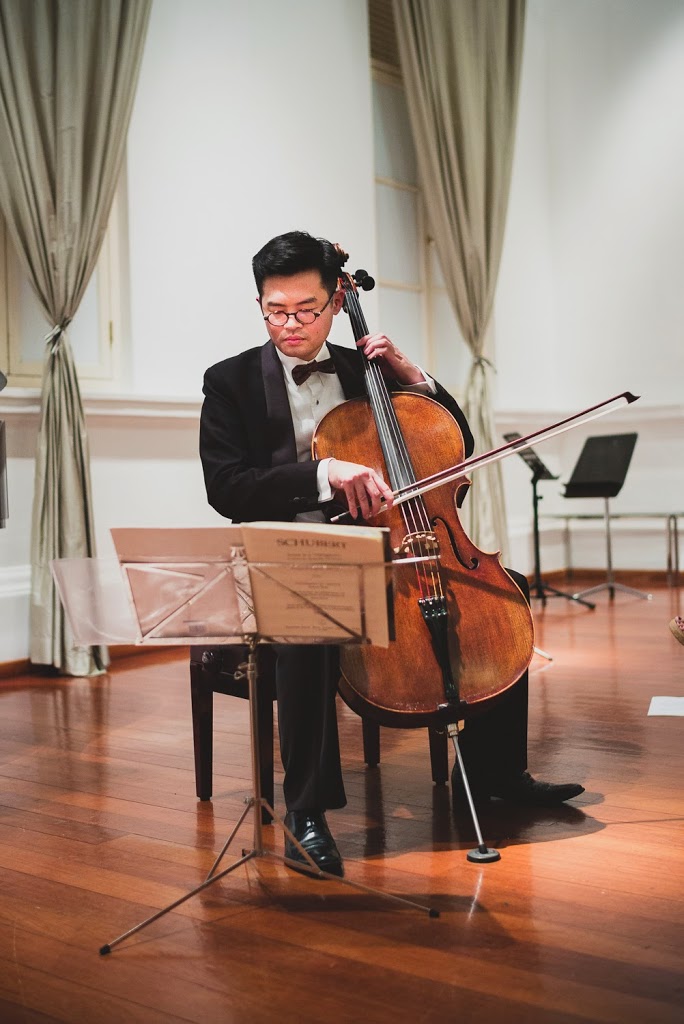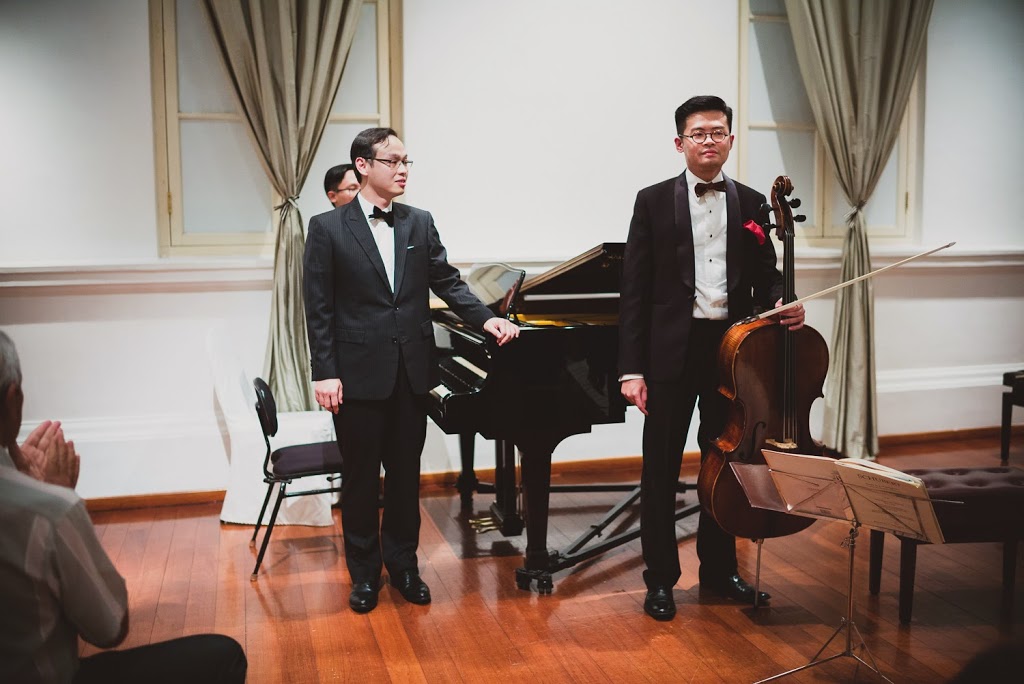Warning: the following post could be offensive to the fans of Donizetti and Gounod…
Professor Kenneth Hamilton of Cardiff University is here in Singapore to play his annual concert. This year’s offering is a whole recital of piano fantasies from various composers. Plink, Plonk, Plunk catches up with him to find out his thoughts….and fantasies.
Hello Prof. Hamilton, and welcome back yet again! This concert has ‘piano fantasies’ as its theme, and you’ve picked out a programme of mostly 19th-century works, although some are based on earlier ones. Can you briefly walk us through the history of writing fantasies for piano?
Well, the fantasy was originally connected with improvisation. Up until the middle of the 19th-century, if you heard a pianist perform solo, the chances are that he (and it usually was a he) would be offering some sort of improvised fantasy, rather than the sonatas or studies or whatever that we usually hear nowadays. And fantasising was more or less the only type of playing that was undertaken without reading from a printed score.
Our modern practice of memorising almost everything hadn’t yet taken hold, so there was a firm contrast between fantasising—playing freely without music—and playing from the music. It was only with the growth of a standard repertoire of musical masterworks—Beethoven Sonatas, Chopin nocturnes etc.– that pianists started to play almost exclusively “ready-written” music, rather than just making things up as they went along. And of course, they then also started to memorise these pieces, which preserved something of the impression that the music was being spontaneously invented, but at a much higher level of inspiration. It’s very difficult to maintain rigorous quality control when you’re simply making things up on the spot!
Of course, composers would also publish fantasies too, and these are the sorts of pieces I’ll be playing at the Esplanade this Sunday (5 April). Published fantasies were expected to retain some of the more spontaneous and uncontrolled elements of improvised fantasies—and you can certainly hear that in the Beethoven op.77, or even the Chopin Polonaise-Fantasy—but with a higher level of invention. In other words, only the better stuff would be published, and the rest would be left languishing in the mists of time.
Bach wrote a few fantasies, including the more famous Chromatic Fantasia and Fugue.. Any reason you didn’t include Bach in your repertoire this year – was it because of an entire Bach programme last year?
Exactly right. I’ve just recorded last year’s Bach programme too—the CD will be released next month on the Prima Facie label, so I felt it was time for something different. However, you might consider the Liszt “Sarabande and Chaconne from Handel’s Almira” as something of a sequel to last year’s programme: first Bach, then a bit of Handel…
Let’s talk a bit more about the Beethoven Op. 77 fantasy. On first listening it sounds extremely fragmented, and even disorderly. Czerny passes it off as ‘an improvisation’, von Lenz calls it ‘a Medieval drama’, and going even further, Tovey, perhaps more imaginative, mentions that the opening scales and its following cadence is ‘a note of interrogation’ and then ‘an expression of resigned hopelessness’; he further mentions that the passages are ‘questions and efforts’. What’s your take on it? Was it too new for its time, having a higher and more profound thought that no one understands, or was it Beethoven’s way of being mischievous and throwing a curve at his audience?
The Beethoven is a fascinating piece. According to his friend and student Ignaz Moscheles, it is typical of his “rhapsodical and eccentric” style of improvisation. It may even be a written out (and no doubt revised) version of a fantasy that he improvised during a long concert in 1808, when he also gave the first public performance of the 4th Piano Concerto. I played the 4th Concerto myself last week (with the Welsh Sinfonia), so it seemed appropriate to offer the Fantasy in Singapore. Basically, the first half of the piece is a fairly bad-tempered search for a decent tune. Various melodies are tried out, and pitilessly rejected. When Beethoven finally finds something that suits him, he invents a series of whimsical variations on it, then gets fed up with the whole rigmarole and ends the piece with the musical equivalent of a slap across the face.
It’s a strange and entertaining piece—but it isn’t entirely unique in Beethoven’s output. Amazingly enough, the enormous “Ode to Joy” choral movement of the 9th Symphony follows exactly the same procedure (admittedly without the slap across the face). This explains Czerny’s otherwise puzzling comment that the last movement of the 9th is “like a Fantasy”.
Schumann’s Fantasy has a link between Beethoven and Liszt: He quotes a phrase from Beethoven’s An die ferne Geliebte in the first movement, and the second and third movements were written with the intention of raising money for a Beethoven monument. As we know, this Fantasy was dedicated to Liszt, and eventually the monument was completed due to a huge donation from Liszt. Did Liszt influence the composition of this in any way?
Liszt’s music didn’t influence the Fantasy—the dedication was more of a tribute to a friend and supporter than anything else,. Much later, Liszt dedicated his Sonata in B minor to Schumann in return. But the Fantasy is heavily influenced by a Nocturne written by Schumann’s future bride Clara. In fact, the opening tune of the first movement is a fusion of the theme of Clara’s nocturne with fragments of Beethoven’s An die ferne Geliebte (To the distant beloved). The message is simple: Clara was Schumann’s own “distant beloved”; distant both physically, because they were apart at the time he first conceived the movement, and metaphorically because her father was refusing them permission to marry. Fragments of Clara’s and Beethoven’s themes run through the other two movements of the fantasy too, and originally Schumann ended the entire piece with a further quote from “To the distant beloved”. I’ll be playing this original version next Sunday. To my mind, it makes for a much more satisfying conclusion. In addition to the “distant beloved” quote, Beethoven fans might also be able to spot allusions to his Sonata op.101 in the first two movement of the Fantasy, and to the slow movement of the 7th Symphony in the last!
Liszt is pretty famous for taking others’ works and making them his own by writing the themes into fantasies or paraphrases. This is not new – as Bach had done so before – but do you think that these paraphrases ended up better than the original works themselves?
Sometimes they did—especially the paraphrases from Italian operas, in which Liszt’s mastery of harmony often produces much more sophisticated effects than Donizetti, for example, would ever have dreamed of. And since I’ve no doubt already offended legions of Donizetti enthusiasts, I might as well also say that in my view Liszt’s transcription of the Waltz from Gounod’s Faust is also miles better than the original. I could go on, but I’m not sure I can afford the legal fees…
Did any of those works get more famous because of Liszt’s doing so?
Well, Liszt often chose operatic excerpts that were already famous in his own day, even if some of the operas concerned are largely forgotten now (Meyerbeer’s The Prophet for example—in many respects a great work, but hardly ever performed nowadays). But strangely, Liszt’s transcription did have a lasting effect on the reception of the celebrated final scene of Wagner’s Tristan und Isolde. Wagner called this “Isoldens Verklärung” (“Transfiguration”), whereas Liszt published it as “Isoldens Liebestod” (“Love-Death”). It turned out to be the Liszt title that stuck, not the Wagner (Wagner had referred to the Prelude to Act 1 of the opera as the “Liebestod”). We don’t know for sure why Liszt made the change, but it has been plausibly suggested by the Liszt scholar David Cannata that the devoutly Catholic Liszt associated the concept of “transfiguration” with Christ and the saints of the Church, and was therefore somewhat reluctant to apply the term to Isolde’s ecstatically sexual expiration!
And finally, what would your ideal (piano or otherwise) fantasy be?
I think I’d better take the 5th amendment on that, as the Americans say!
—
As previous recitals have been completely sold out over the last few years, don’t miss this chance to catch Professor Kenneth Hamilton playing some seldom-performed works, including the original version of Schumann’s Fantasy! The concert happens at 7.30pm on Sunday the 5th of April, at the Esplanade Recital Studio.
This concert is presented by Cardiff University.
